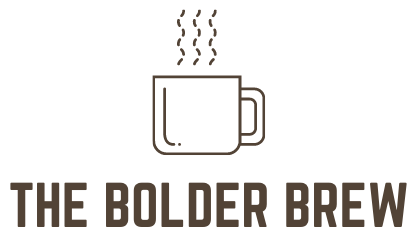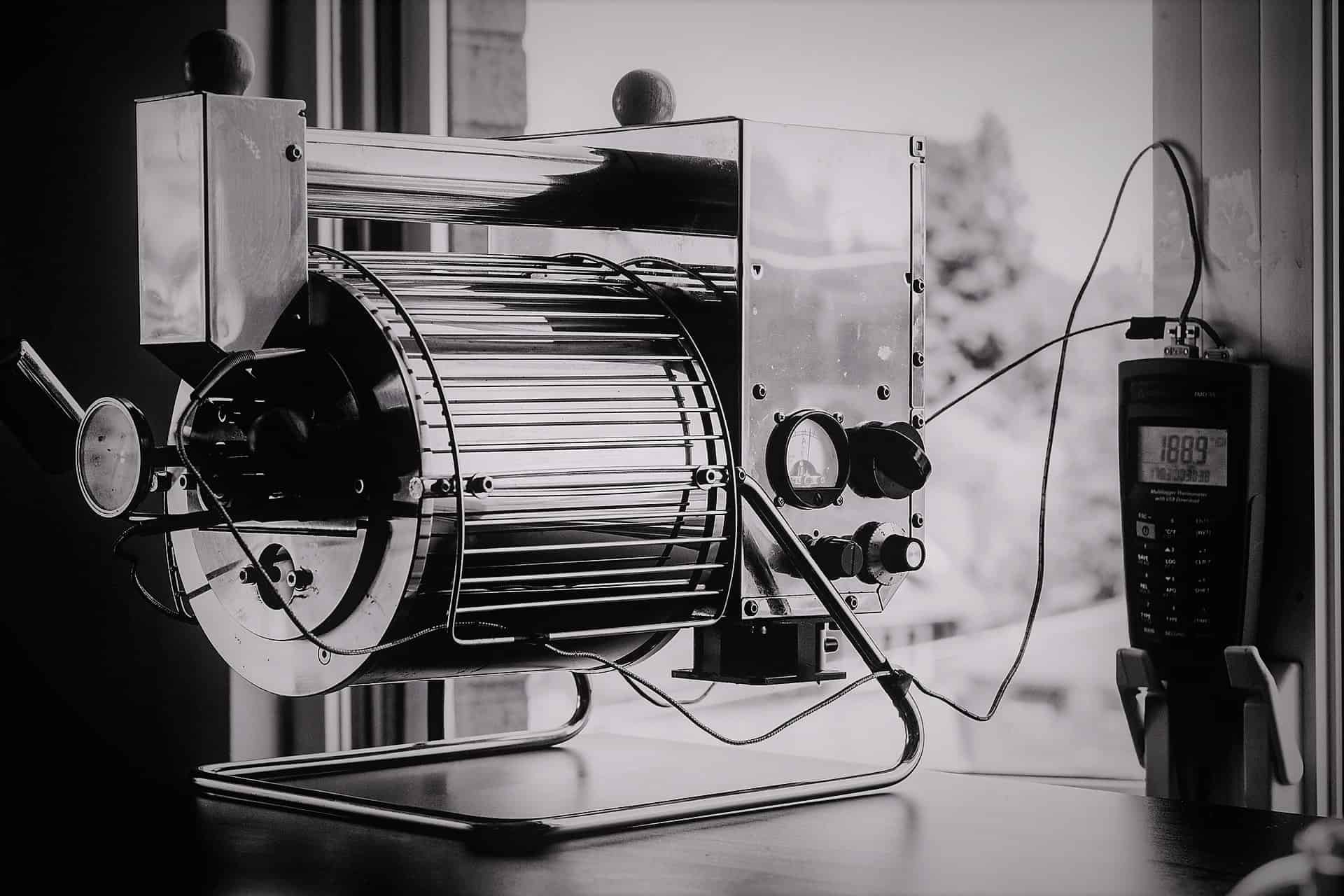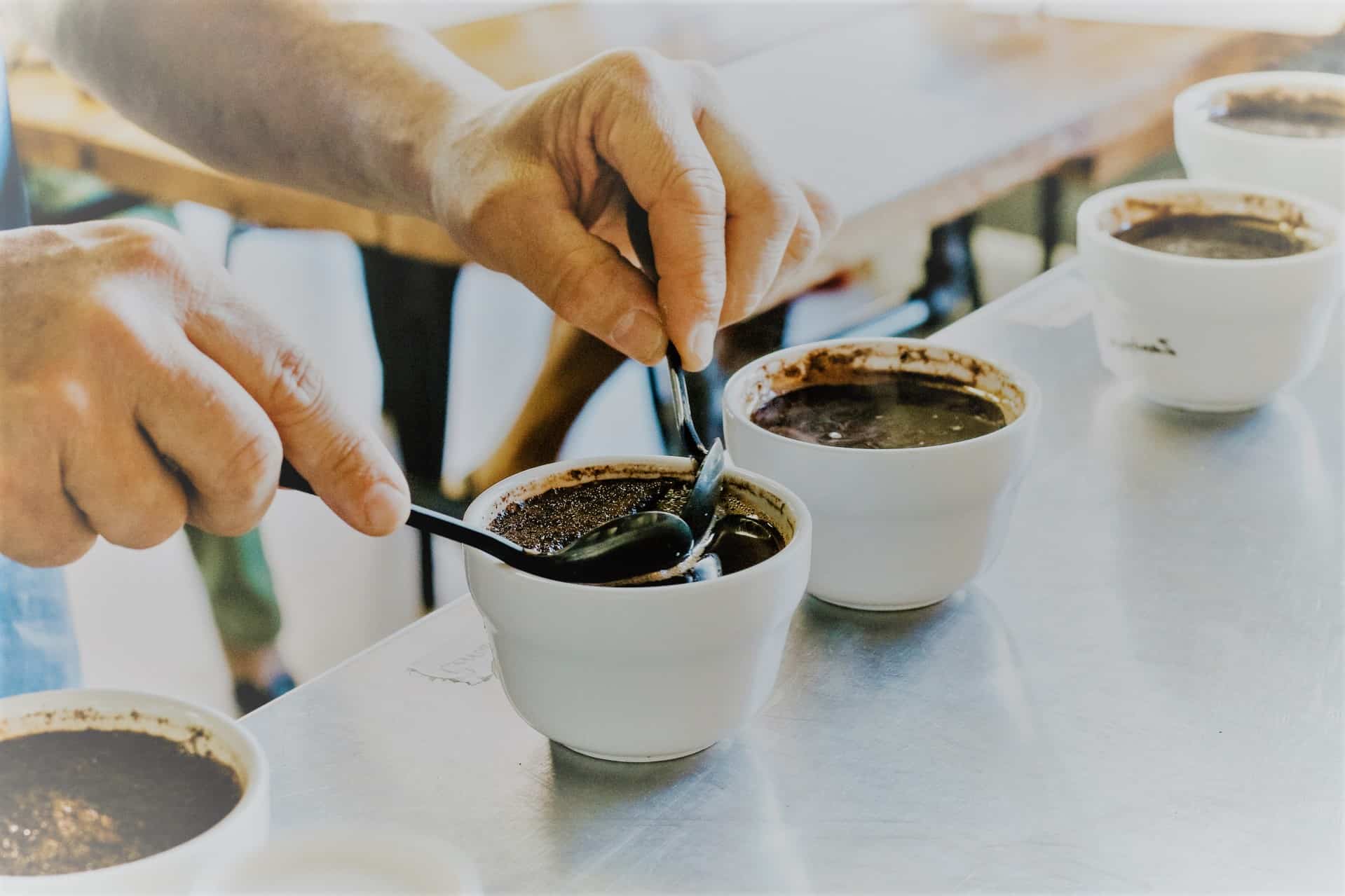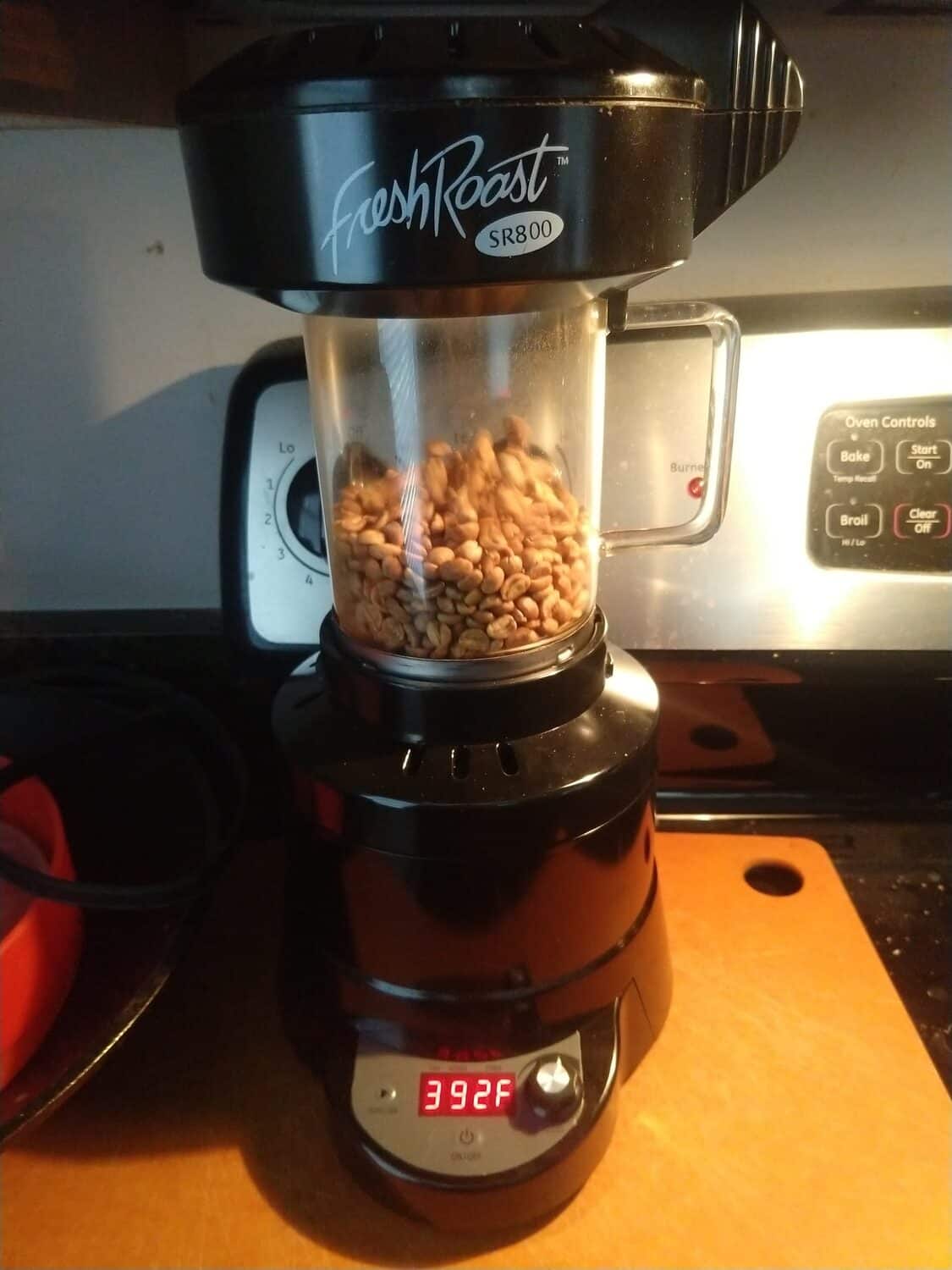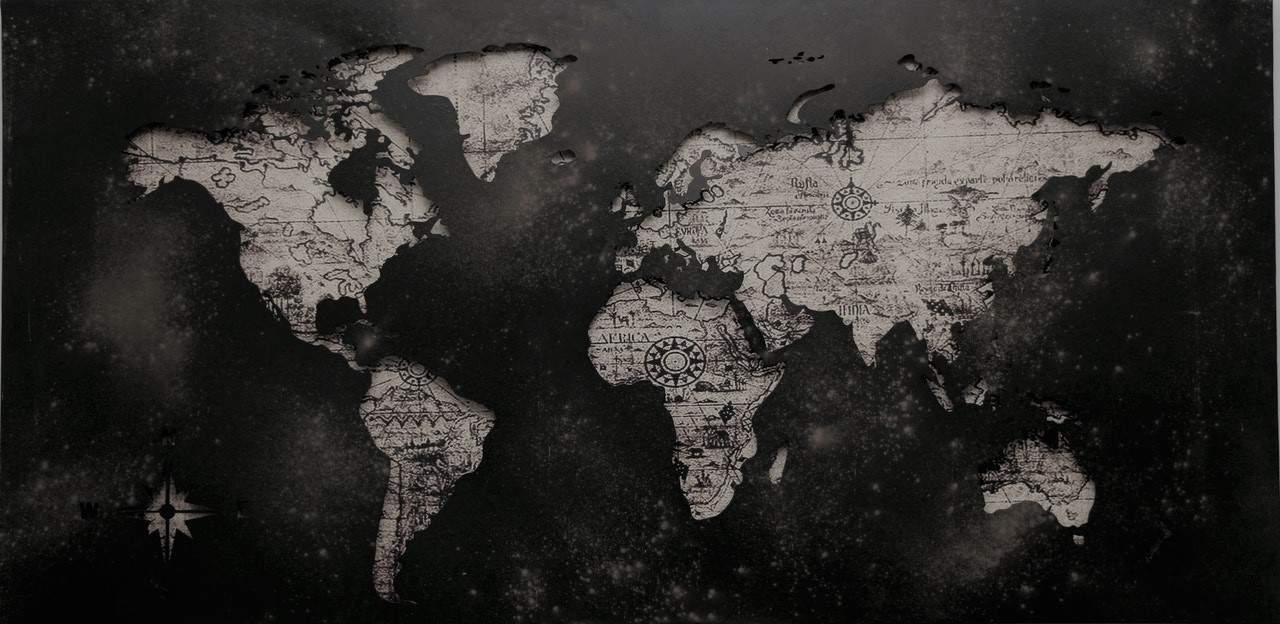Is Pour-Over Coffee Really So Hard To Make?

Pour-over coffee is a popular brewing method, but it often looks complex.
We'll take a look at what makes it seem complex, then see how to tweak your pour-over routine to suit you.
Here's whether pour-over coffee is hard to make
Pour-over coffee is easy to make, but hard to make consistently great. The learning curve can feel steep, but it becomes much easier after your first dozen brews.
But pour-over is a piece of cake compared to the complexity and equipment of espresso!
It requires continual attention
Perhaps you've noticed baristas staring at a carafe with absolute focus, carefully timing and aiming each movement like a surgeon in the operating room!
Or you've seen brewing guides discussing complex timing and water ratios, which make you feel like you're back in chemistry class!
With pour-over, you're trying to do manually the same things that machines do automatically.
And at first, that feels like a lot. If you've never thought about weighing coffee and water, saturating all grounds evenly, monitoring draining time ("draw-down")…you'll feel like you're multi-tasking in a big way.
It's worth emphasizing that it all becomes second nature after your first several batches. Coffee-fanatic friends will be happy to give you hands-on pointers, and there are great follow-along tutorials on YouTube as well.
You're in control, for better or worse
Pour-over brewing is obviously harder than pressing the "Start" button on a drip coffee maker. You're in charge of every detail, hence the need for attention as just saw.
If you enjoy the process, it'll feel like play. Tweaking the way I pour is almost like a real-time science experiment whose results are (almost) always enjoyable.
But if you'd rather not deal with the details, then it will feel difficult, unpleasant, or downright irritation.
In other words, one person's "difficult" is another person's "engaging."
You'll need to use a scale
It's possible to get decent results by eyeballing coffee and water amounts, especially if you have some frame of reference like spoon/cup size. But it's impossible to replicate your results without a scale.
While a scale isn't hard to use, it does add one more step than you might be used to dealing with.
Is it hard to get consistent cups of pour-over coffee?
Yes, it can be hard to consistently reproduce the same cup with pour-over. Water flow rate and pouring pattern are influential but particularly hard to control. You'll get more consistent results with recipes using just 1-2 total pours.
Flow rate and pattern affect how long the coffee spends in contact with water, and how much agitation occurs during brewing. Consequently, when pouring rate and pattern vary, so do overall extraction time and evenness. That alone can change the taste profoundly—enough to make a decent cup disappointing, or vice-versa, even if the grind size, water temperature, and coffee-to-water ratio are identical!
As someone who brews pour-over coffee every day, that's my most common frustration.
(That also highlights a big advantage of immersion brewers—like an AeroPress or French press—where you pour all the water at once and you have total control over the extraction time.)
However, with practice, you'll develop a feel for replicating those precise pouring movements. You'll learn through trial and error how much you can deviate before the results are different.
And you'll also realize that simpler recipes, with just 1-2 total rounds of pouring, are a whole lot easier to reproduce!
How long does it take to make pour-over coffee?
Even though pour-over is a little complicated, it's a quick method! A single serving takes roughly 2-3 minutes from the first pour until the cup is ready to drink.
Your brewing time is actually a good hint about how the coffee will taste. Much shorter than 2 minutes usually means a weak and watery cup. Much longer than 3 minutes—for one serving—suggests it'll be harsh or even acrid.
This is actually a really important topic if you're aiming for good coffee, so check out my guide to pour-over brewing time for more info on what it means (and how to optimize it).
Set-up, grinding, and clean-up may take another couple minutes, but that's all simpler and easier than the brewing process.
Conclusion: pour-over isn't hard, but there's a learning curve
Pour-over coffee is a great way to start your day, but it can be tricky to replicate good results—especially at first.
But as you build experience with the technique, getting that perfect cup of pour-over in the morning becomes second nature.
Even better, you might find that the process of experimentation becomes enjoyable in its own right. It's nice when brewing your usual morning cup turns into a bit of a satisfying hobby, too.
